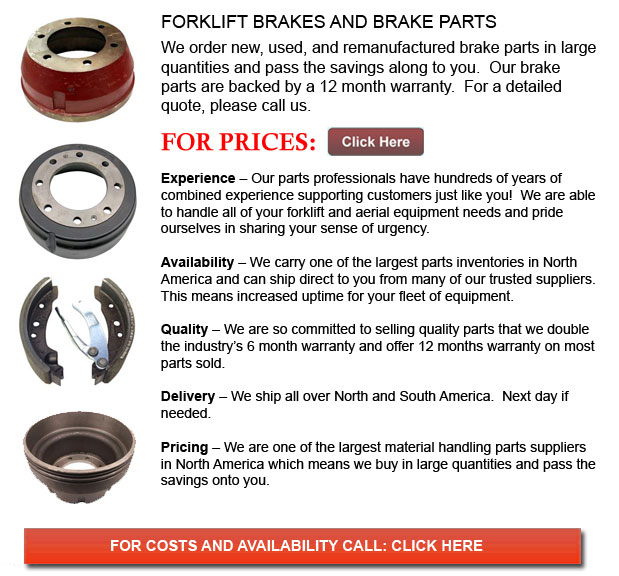
Forklift Brakes - A brake drum is in which the friction is supplied by the brake shoes or brake pads. The pads or shoes press up against the rotating brake drum. There are a few other brake drums kinds with particular specific differences. A "break drum" will usually refer to if either shoes or pads press onto the interior surface of the drum. A "clasp brake" is the term utilized to be able to describe whenever shoes press against the outside of the drum. One more type of brake, referred to as a "band brake" makes use of a flexible band or belt to wrap all-around the outside of the drum. If the drum is pinched in between two shoes, it could be referred to as a "pinch brake drum." Like a conventional disc brake, these kinds of brakes are somewhat uncommon.
Before nineteen ninety five, early brake drums needed consistent modification regularly to be able to compensate for drum and shoe wear. Long brake pedal or "Low pedal" travel is the dangerous end result if adjustments are not carried out satisfactorily. The vehicle could become dangerous and the brakes can become useless if low pedal is combined with brake fade.
There are different Self Adjusting Brake Systems offered, and they can be categorized within two major kinds, RAD and RAI. RAI systems have built in equipments which prevent the systems to be able to recover when the brake is overheating. The most well known RAI manufacturers are Bosch, AP, Bendix and Lucas. The most well-known RAD systems consist of Ford recovery systems, Volkswagen, VAG, AP and Bendix.
Self adjusting brakes normally utilize a mechanism that engages just when the motor vehicle is being stopped from reverse motion. This stopping method is satisfactory for use where all wheels utilize brake drums. Most vehicles nowadays use disc brakes on the front wheels. By operating only in reverse it is less likely that the brakes would be adjusted while hot and the brake drums are expanded. If tweaked while hot, "dragging brakes" can happen, which increases fuel intake and accelerates wear. A ratchet tool that becomes engaged as the hand brake is set is another way the self adjusting brakes can operate. This means is just appropriate in functions where rear brake drums are utilized. When the emergency or parking brake actuator lever goes beyond a specific amount of travel, the ratchet developments an adjuster screw and the brake shoes move toward the drum.
Placed at the bottom of the drum sits the manual adjustment knob. It can be adjusted making use of the hole on the other side of the wheel. You would have to go beneath the vehicle with a flathead screwdriver. It is really significant to adjust each and every wheel equally and to move the click wheel properly since an unequal adjustment may pull the vehicle one side during heavy braking. The most effective way to ensure this tedious task is accomplished safely is to either lift each wheel off the ground and spin it by hand while measuring how much force it takes and feeling if the shoes are dragging, or give each one the exact amount of manual clicks and then perform a road test.
![]() Click to Download the pdf
Click to Download the pdf
Forklift Parts
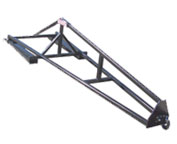
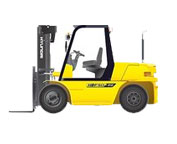
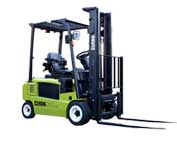
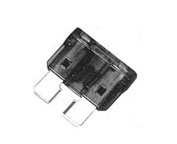
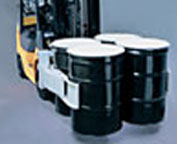
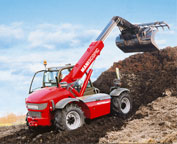
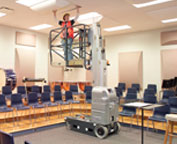
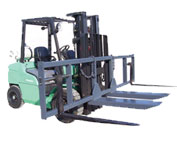
Lift Parts Express
TOLL FREE: 1-888-695-7994
Memphis, Tennessee
forkliftpartsmemphis.com
Email Us
About Us


